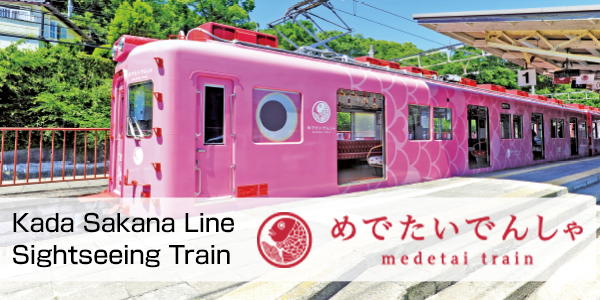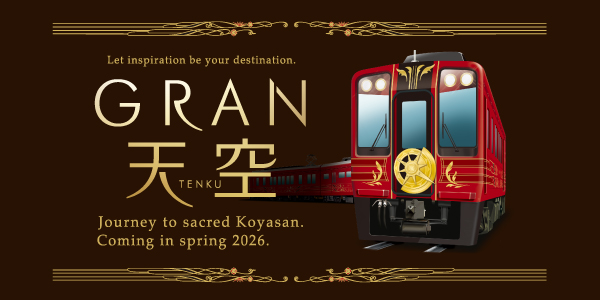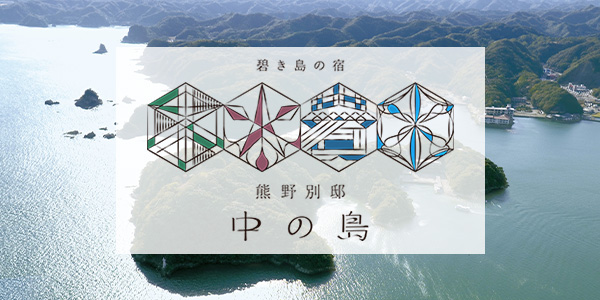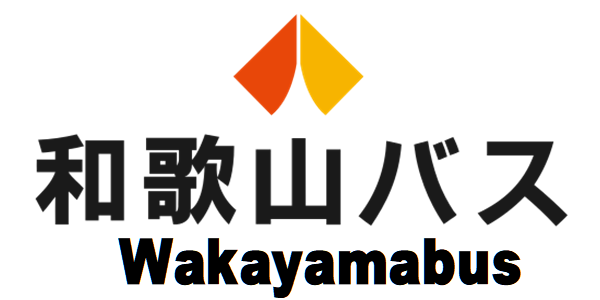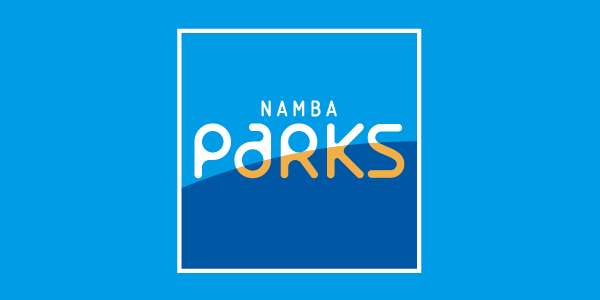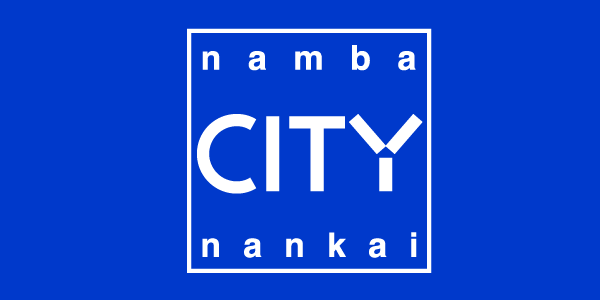
NK79
KAMURO
Trains stopping at this station
Koya Line
- Tenku
- Rapid Express
- Express
- Local
Barrier-free Information
The slope does not match the standards.
Assignment time of station staff
Station staff are absent all day.
Please use the intercom to call staff.
Timetable/Fare
Information of surrounding facilities

Two years after Nankai Railway merged with Koya Daishi Railway and Osaka Koya Railway, Kamuro station opened in November 1924. The name of the station, which is known to be difficult to read, was named after the former Kamuro Village, which prospered as a post town for Koya-pilgrims. This is the nearest station to Kamuro Tenmangu Shrine, where Michizane Sugawara, the god of learning, is enshrined.
In 1975, when the admission ticket was advertised as a "talisman for entering the road of learning", it gained popularity, and from 1980, it was sold as a set of five during the exam season. If you connect the initials of "ticket", "admission ticket", and "Kamuro", it will be "admission" in Japanese, so it is popular as a lucky charm for passing exams.
Surrounding Facilities
Kamuro Tenmangu Shrine《about 30 minutes on foot from the station》
Kamuro Tenmangu, which enshrines Michizane Sugawara, the god of learning, attracts many worshipers to pray for admission during the exam season. From Kamuro Station, walk along National Route 370 toward Kii-Shimizu Station, then follow the large information board and pass through the persimmon fields towards the mountain. Nestled in the tranquility of the mountains, Kamuro Tenmangu Shrine is known not only for improving academic ability, but also as a god that wards off disasters and evil, and bestows good matches. At the autumn festival in October, a mikoshi (portable shrine) is brought out to the town after the Shinto ritual, and the precincts are crowded with performances and rice cake throwing.
[Address] 821 Minamibaba, Hashimoto City, Wakayama Prefecture [TEL/JP only] 0736-32-5582
Kamuro Daishi《 about 30 minutes on foot from the station》
Kamuro Daishi was founded in 1910 (Meiji 43) by the founder Son Kai Shonin. Originally, it was located in the town facing the old Koya Kaido road, and in front of the Monokyou Jizo statue on the side of the gate, there is a 'seat stone' that is said that Kobo Daishi used to rest when he traveled to and from Koyasan. In addition, pilgrims from all over the country continue to visit even now, even after Son Kai Shonin was exiled, in search of the benefits of the prayers (mizukaji) that have been held since the time of the temple's founding. A part of the adjacent Okunoin is open to the public as "Peace Park" and is popular with the public.
[Address] 938-1 Kamuro, Hashimoto City, Wakayama Prefecture [TEL/JP only] 0736-34-2680
Kamuro Karukayado《 about 10 minutes on foot from the station》
Kamuro Karukayado has many valuable tangible folk cultural assets related to the story of Ishidomaru. However, its origin is not clear. At the end of the Showa era, the temple was on the verge of being abandoned, but in 1992 it was rebuilt to its present form through the efforts of local residents, led by the members of the preservation society, in order to spread the story of Ishidomaru that was set in this area. As a recent topic, in March 2009, 32 items, including a mermaid mummy, were designated as tangible folk cultural properties of Wakayama Prefecture, and many people are visiting from inside and outside the prefecture.
[Address] 542 Kamuro, Hashimoto City, Wakayama Prefecture [TEL/JP only] 0736-32-3222
Information of Kamuro Station
Address
〒648-0043
361-1, Kamuro, Hashimoto, Wakayama

